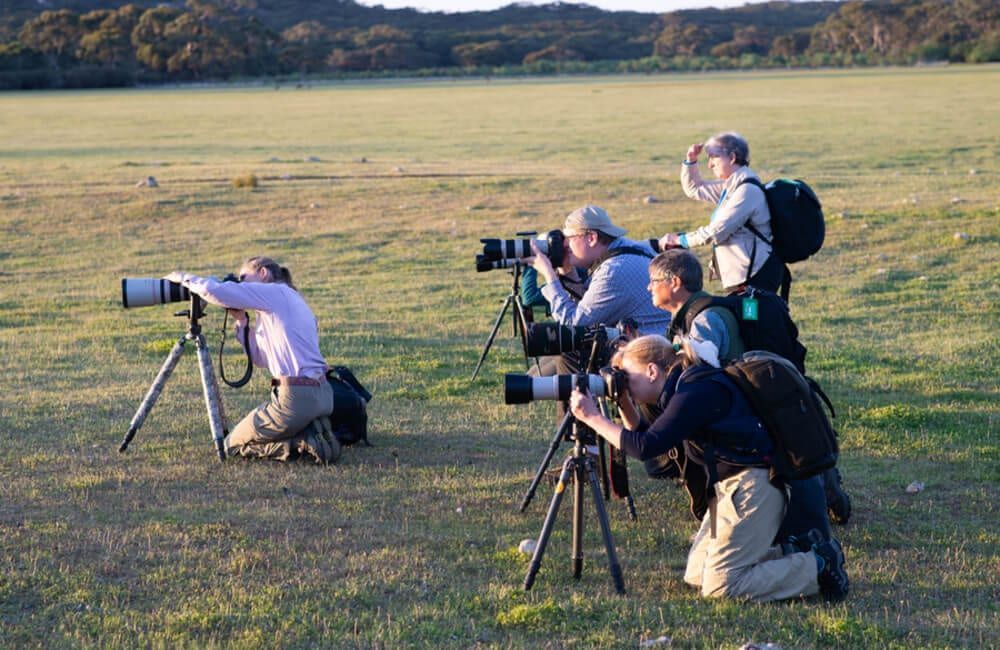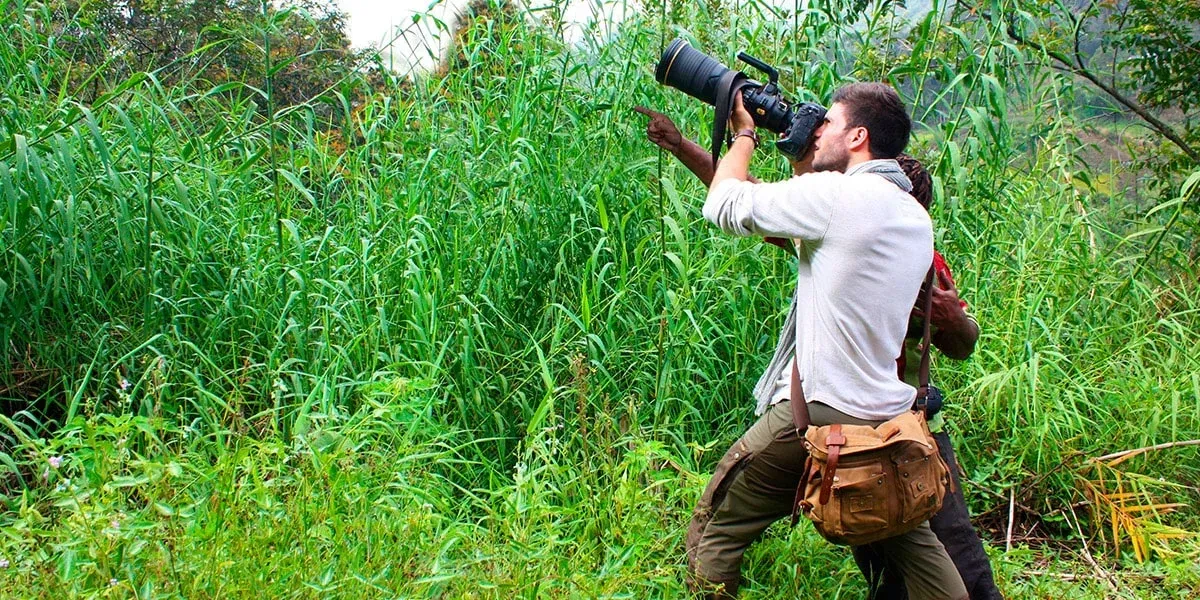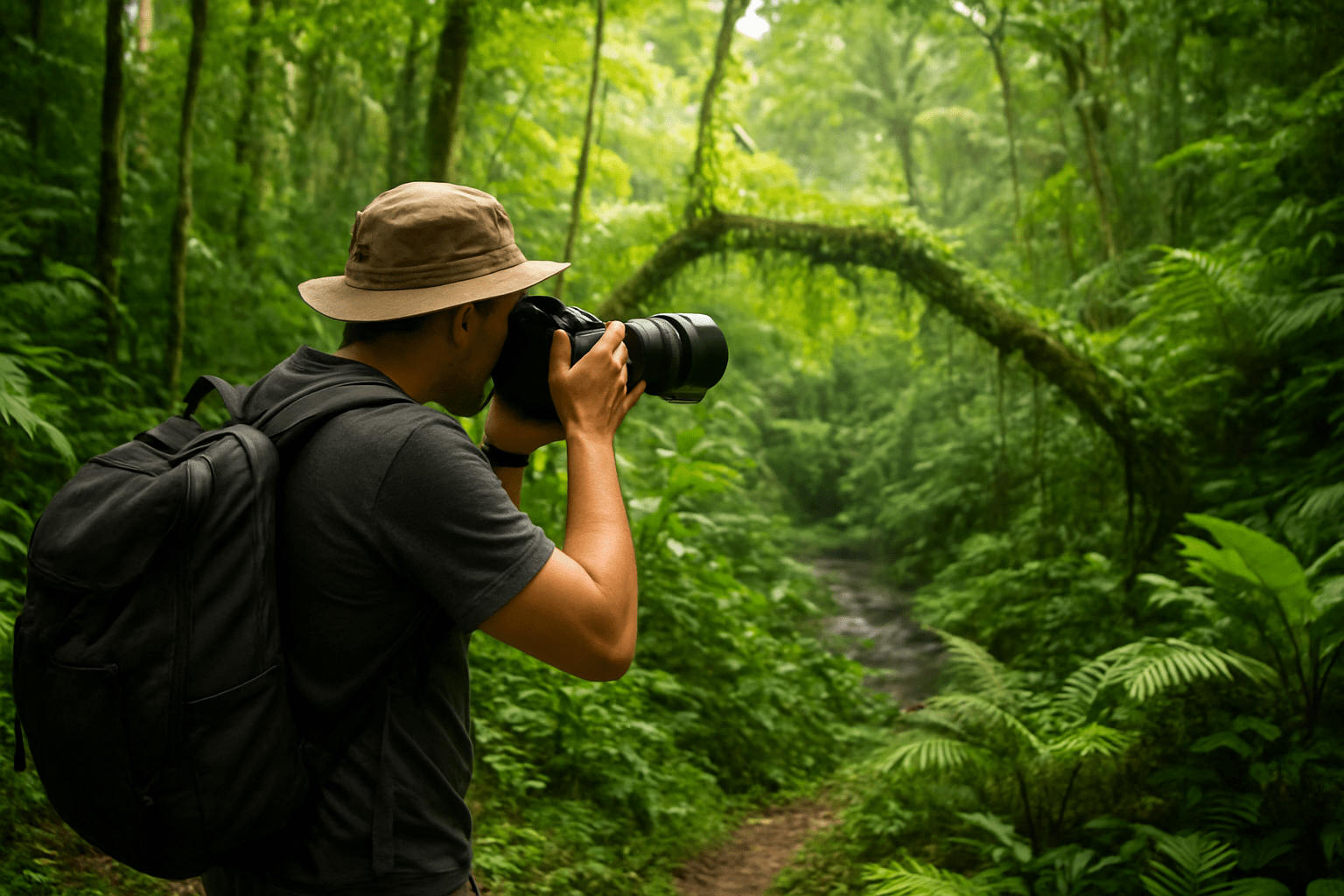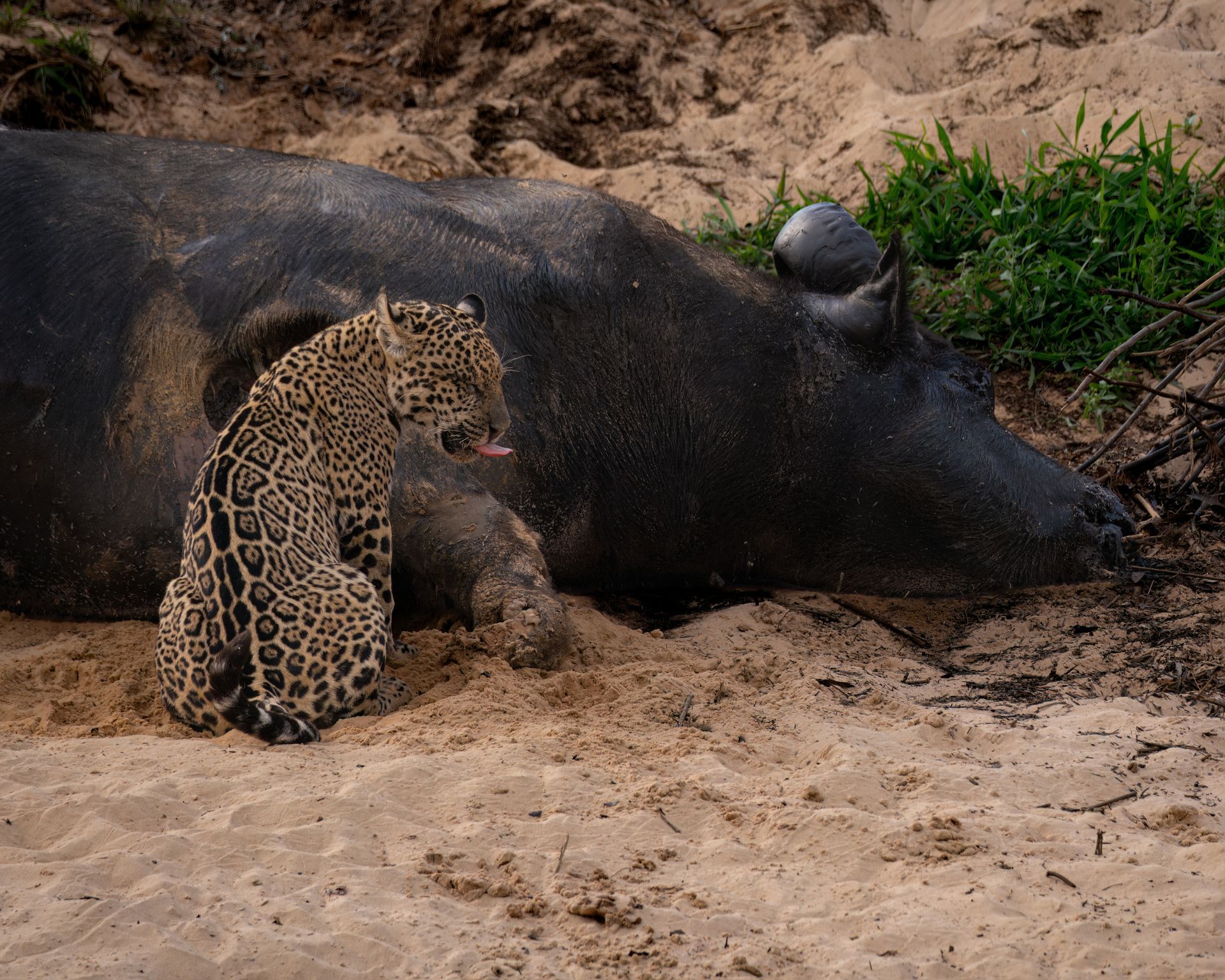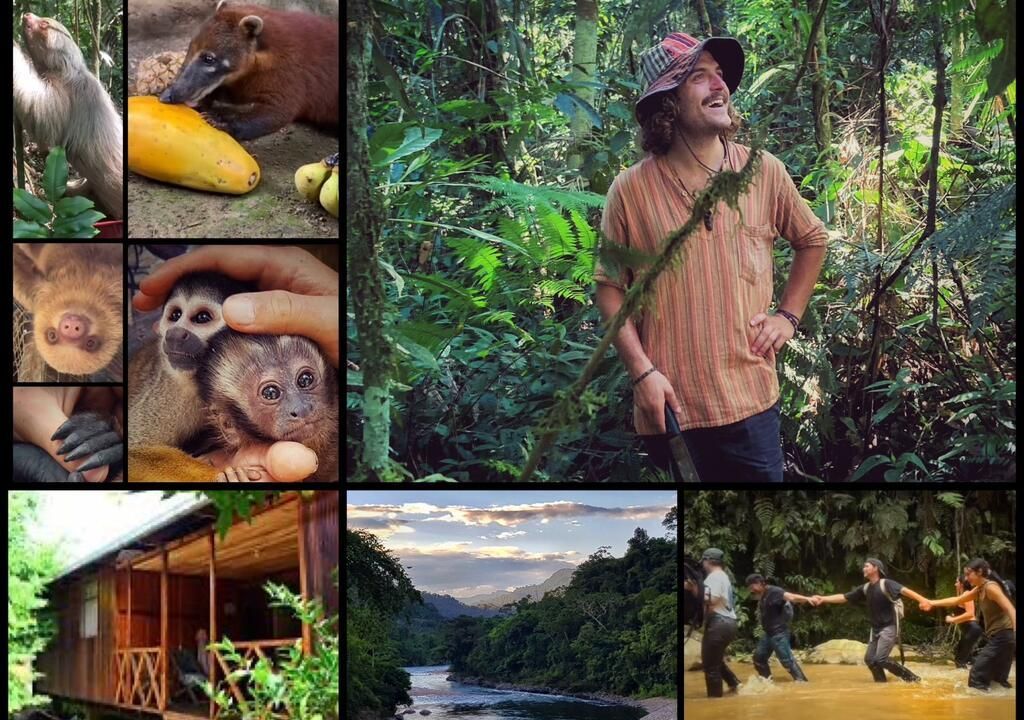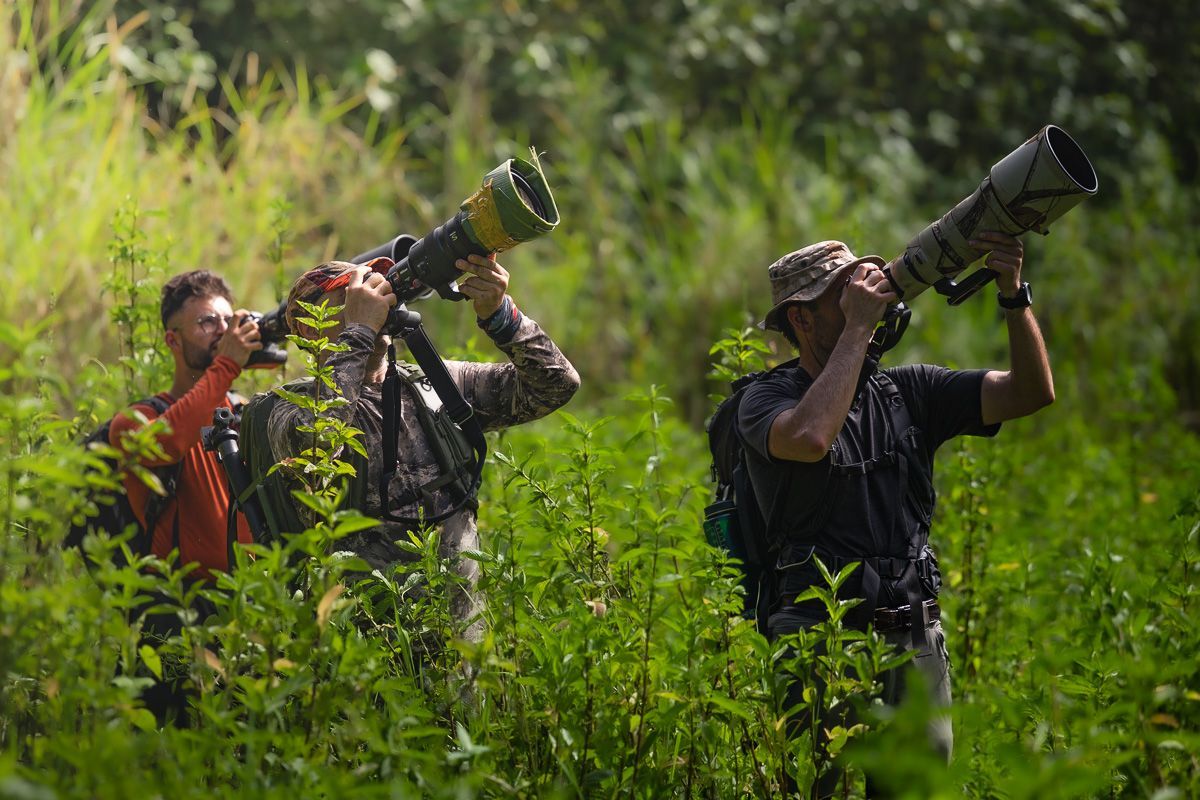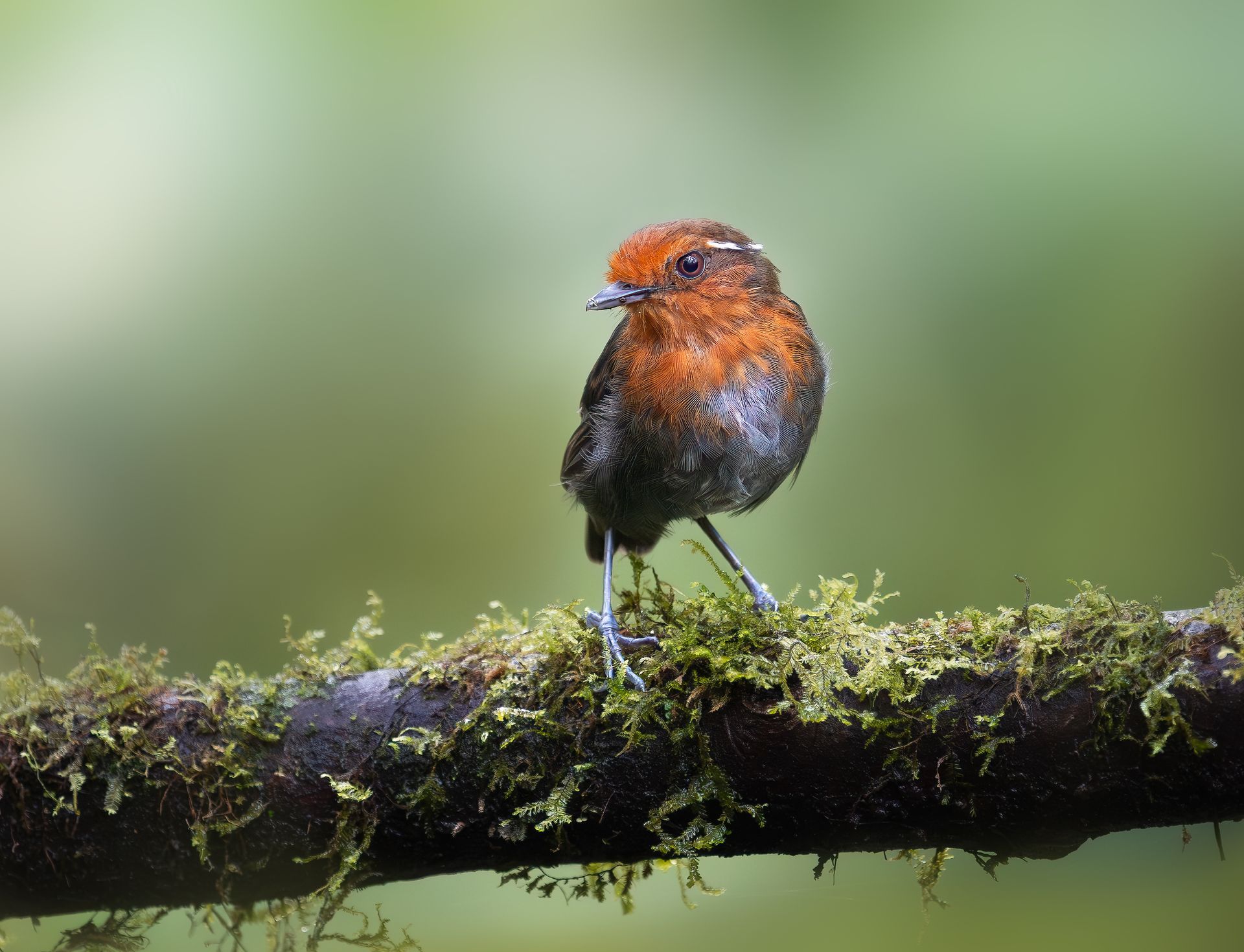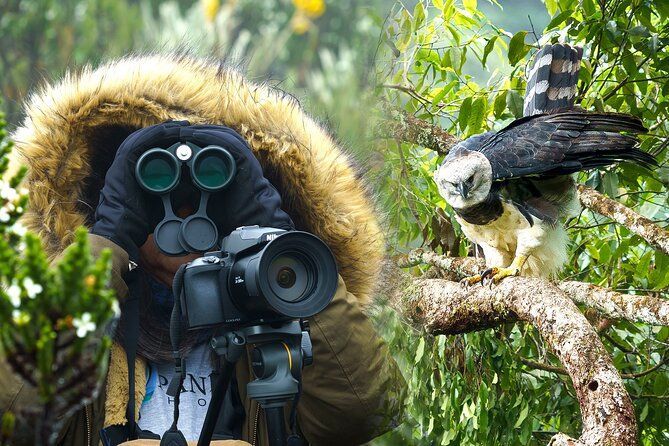Green Jay Photography in Colombia: Best Locations and Techniques
The Green Jay (Cyanocorax yncas) is one of Colombia's most charismatic and photogenic birds. With its vibrant green plumage, striking black facial mask, and blue crown, this species is a true gem of the neotropics. For bird photographers, the Green Jay offers a perfect balance of bold coloration, intelligent behavior, and relatively frequent sightings. In this guide, we explore the best places to find and photograph this dazzling bird in Colombia, the ideal gear setup, and techniques to help you capture stunning images.
Where to Photograph the Green Jay in Colombia
Green Jays are typically found in subtropical forests, edges, and semi-open areas, especially in the Andean foothills and inter-Andean valleys. Top locations include:
- Yotoco Forest Reserve (Valle del Cauca): A reliable spot where Green Jays are often seen feeding in the canopy and mid-story.
- Rio Claro Nature Reserve (Antioquia): Offers great forest-light balance and trails where jays are active.
- Tayrona National Natural Park (Caribbean region): Combines lush forest habitats with excellent photography conditions.
- Guacharos-Purace Corridor (Huila/Cauca): Ideal for a combination of cloud forest birds including the Green Jay.
These areas are accessible and well-supported by local birding infrastructure and guides.
Seasonal Tips and Best Timing
- Dry Season (December–March, July–August): Better lighting and trail conditions.
- Morning Hours: From 6:00 AM to 9:00 AM, birds are most active and natural light is ideal.
- Feeding Behavior: Watch for them at fruiting trees or foraging with mixed flocks.
Why the Green Jay Makes a Great Subject
- Striking Colors: Green, blue, black, and yellow hues contrast beautifully with foliage.
- Social Behavior: Travel in noisy, active groups, adding life to a frame.
- Eye Contact: Their intelligent gaze and curious behavior provide emotional depth to portraits.
- Open Perching: Often perch on exposed branches, allowing clean background shots.
Essential Gear for Green Jay Photography
- Camera Body: High-speed burst mode and quick autofocus are key.
- Lens: A 300–500mm telephoto lens works well. Zooms like 100–500mm are ideal for composition flexibility.
- Tripod or Monopod: Helps stabilize shots, especially in lower light.
- Weather Protection: Colombia’s forests can be humid—keep your gear safe.
Field Techniques for Stunning Shots
- Use Natural Light: Avoid flash and take advantage of soft morning light.
- Shoot at Eye Level: Whenever possible, position yourself level with the bird to enhance engagement.
- Watch the Flock: Green Jays move rapidly—track their group and predict their next perch.
- Catch Behavior: Look for feeding, calling, or interaction within the group for storytelling images.
- Background Awareness: A clean or softly blurred background enhances color impact.
Ethical Considerations
- Avoid Overuse of Playback: Allow the birds to behave naturally.
- Minimize Flash: Green Jays are bold enough without additional light.
- Respect Nesting Areas: Never photograph too close to active nests.
- Support Conservation Areas: Choose reserves that reinvest in habitat protection.
Retorno Photo Tours: Your Green Jay Photography Partner
With Retorno Photo Tours, you can count on:
- Local Expertise: We know the best places and times to find Green Jays.
- Photographer-Focused Guides: Trained to help you anticipate bird behavior.
- Convenient Logistics: Comfortable transport, lodging, and meals—all designed for photographers.
- Flexible Schedules: Adjusted for bird activity and weather conditions.
Conclusion
Photographing the Green Jay in Colombia is a rewarding experience for bird lovers and photographers alike. With its vibrant personality and spectacular looks, this species offers countless opportunities for powerful, artistic, and memorable shots. Whether you’re building your portfolio or experiencing your first tropical birding adventure, let Retorno Photo Tours guide you to the best that Colombia’s forests have to offer.
Join us to capture the magic of the Green Jay—and many other unforgettable species—in their natural paradise.



